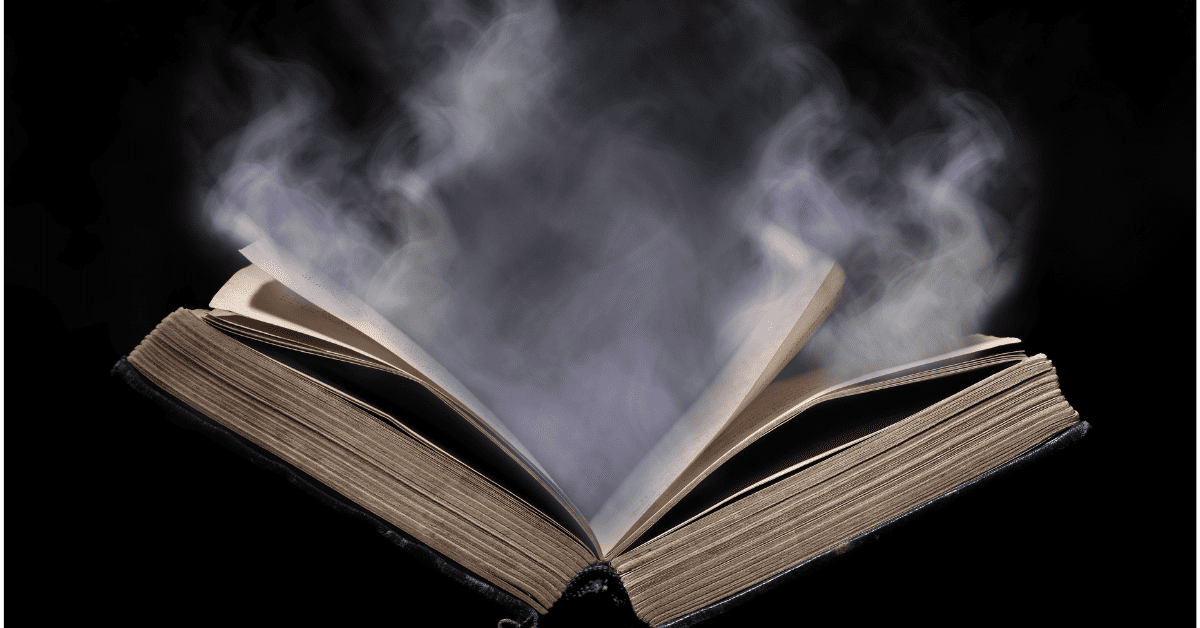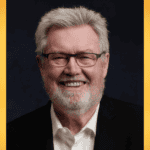Not since Charles Dickens has a writer had so many readers by the throat,’ said The Guardian’s review of one Stephen King bestseller.
In a career stretching over multiple decades the world’s leading horror writer has completed more than several books (horror, science fiction and fantasy). The easy-going narration and clean, unpretentious style contrast with the horrific content of many of his stories. Cliff-hanging chapter endings keep us turning the pages. Realistic detail helps us suspend belief and accept the supernatural elements.
Unlike most bestselling authors, King has written extensively about the process of writing. “If you want to be a writer,” he says, “you must do two things above all others: read a lot and write a lot. There’s no way around these two things that I’m aware of, no shortcut.”
How to become a good writer
King divides writers into four categories: bad, competent, good and great. He believes it’s impossible to turn a bad writer into a competent one, or a good writer into a great one but that “it is possible, with lots of hard work, dedication and timely help, to make a good writer out of a merely competent one.”
He does not pull his punches: “Read and write four to six hours a day. If you cannot find the time for that, you can’t expect to become a good writer.”
That may seem hopelessly unrealistic if you have a full-time job or children or parents to care for. But remember, most full time authors began writing when they were doing other work to pay their bills. Stephen King was teaching when he wrote his breakthrough novel, Carrie.
King identifies three essential writing tools:
- Vocabulary: “Use the first word that comes to your mind, if it is appropriate and colourful.” King believes plain and direct is best, and that it’s important to avoid clichĕd similes and metaphors and to use fresh images.
- Grammar: “You need at least a rudimentary grasp,” says King, who likes the simplicity of just putting a noun and a verb together to make a sentence. His pet hates are adverbs. (Don’t say ‘He closed the door firmly’ say ‘He slammed the door.’) and the passive (‘weak, circuitous and frequently tortuous’). He also dislikes using verbs like ‘shout’, ‘plead’ or ‘gasp’ to pump up the dialogue attribution. If you need to attribute dialogue, say or said is the best word to use.
- Style: King likes short paragraphs because “they make the reader welcome.” He often uses the single-sentence paragraphs because “this more closely resembles talk than writing, and that’s good.”
Some readers will recognise echoes of George Orwell’s views on writing.
King believes a writer needs a room without distractions, the determination to shut the door, and a concrete goal. He suggests a daily target of 1,000 words. (Richard Webster writes 2000 words each writing day, which is how he managed to write his books.)
The route into writing
King’s first story (about a teenage grave robber) was published when he was just 13, but this was followed by lots of rejections.
His first truly original story idea, about counterfeit trading stamps, came to him while he was watching his mother stick her collected green stamps into a book and he noticed that her tongue was green from licking the stamps. He sent the story to Alfred Hitchcock’s Mystery Magazine but it came back with a routine rejection slip and just one piece of advice: Don’t staple manuscripts. Loose pages plus a paper clip equals the correct way to submit copy.
But before long he had progressed to receiving rejection slips with manuscript notes which gave him some encouragement to continue submitting. King studied composition, fiction and English literature at college but he says he learned more about writing in ten minutes from the editor of his local newspaper, for which he wrote sports reports while he was still at school. His first piece of copy was handed back heavily amended, with several superfluous or overblown phrases deleted.
Before Carrie was accepted in the spring of 1973 King, almost despaired of making it as a full time writer. Although he was selling short stories to magazines his teaching job was leaving him exhausted and the market for his stories was becoming smaller as horror and science fiction were being replaced by sex stories. His first two novels were written on his wife’s portable Olivetti typewriter in the laundry room of the double trailer they lived in.
Writing is a job like any other
King’s approach to writing is uncomplicated: “Don’t wait for the muse. This isn’t the Ouija board of the spirit world we’re talking about here, but it’s another job like laying pipes or driving long-haul trucks.”
He advises new writers to begin by writing the kind of stuff they like to read, whatever the genre.
“Write what you like then imbue it with life and make it unique by blending in your own personal knowledge of life, friendships, sex and work. Especially work.”
He believes readers are drawn into a book when they can recognise the people, their behaviours, their surroundings and their talk. In short, when they hear echoes of their own lives and beliefs.
Narration, description and character building
King’s approach is to put a group of characters into some sort of predicament and see how they extricate themselves.
“The situation comes first. The characters come next. Then I begin to narrate. In some instances, the outcome is what I visualised. In most, however, it’s something I never expected. And if I’m not able to guess how the damned thing is going to turn out I can be pretty sure of keeping the reader in the state of page-turning anxiety.”
King has no time for “the tiresome tyranny of the story outline and the notebook filled with character notes.” Most of the situations he has created can be expressed as a What-if? question. For example, what if a policeman in a remote Nevada town went berserk and started killing everyone in sight? (which is the premise for Desperation.)
Although he has written some plot-driven books, he distrusts plotting on the grounds that (a) people’s lives are largely plotless and (b) plotting is incompatible with the spontaneity of real creation.
King sees narration, description and dialogue as the three elements of a story, and believes good description is a skill that can be learned. He dislikes exhaustive descriptions of characters’ physical features or clothing. Carrie White, for example, is described as a high school outcast with a bad complexion and a fashion-victim wardrobe.
In The Shining Stuart Ullman, manager of the Overlook Hotel, moves with ‘the prissy speed that seems to be the exclusive domain of all small plump men. The parting in his hair was exact, and his dark suit was sober but comforting.’ In The Drawing of the Three, the second in The Dark Tower sequence, Eddie Dean is first seen with ‘the cuff of a blue shirt, slightly pulled back to reveal crisp curls of black hair. Long fingers.’ Later he is described as ‘a guy of about twenty, tall, wearing clean slightly faded blue jeans and a paisley shirt’ who ‘looked like a college kid’.
“Description begins in the writer’s imagination but should finish in the reader’s,” says King. “For me, good description usually consists of a few well-chosen details that will stand for everything else.”
Character building, says King, involves paying close attention to how real people act and talk. The writer’s job is to make characters behave in ways which both help the story and seem reasonable to the readers, given what they know both about the characters and about real life.
King’s writing regime
King writes his first draft as quickly as he can, and has a daily target of 2,000 words (completed anytime between 11.30am and late afternoon). Only in the most dire circumstances does he allow himself to get up from his desk without meeting that target.
It takes him three months to produce a draft of around 180,000 words. When that first draft is complete he has a couple of days off and then begins immediately on a new project. He does not look at the first draft again for at least another six weeks. Then he reads it through, looking for (a) mundane mistakes (inconsistencies, spellings, typos) and (b) any holes in the plot or character development.
He then asks himself: What is this story about? Is it coherent? What are its recurring elements? What can I do to make them dearer?
So in the second draft he (a) corrects mistakes, (b) plugs holes and (c) adds scenes and incidents that reinforce the story’s coherence. Importantly, the second draft is also the time to remove words that do not enhance the story.
“Second draft equals first draft minus ten percent” was the advice King was given by one magazine editor, and he believes that’s a pretty good guideline.
Abridged from article by Tony Rossiter. Reproduced for educational purposes.
How to write your first mystery novel?
Do you enjoy crime, murder, mystery, spy, suspense thriller novels? Are you passionate about writing and enthusiastic about your future? Learn exciting techniques to write your first whodunit thriller.










